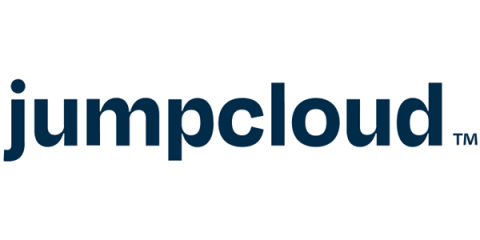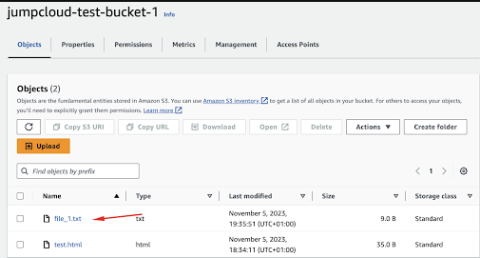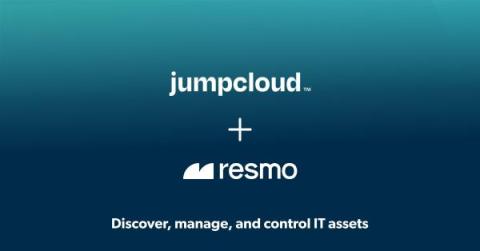Striking a Balance Between Productivity and Security
Granting privileged access to an end user’s device is a common practice in organizations. Admins do it to give end users the ability to manage administrative tasks such as downloading applications and accessing resources on their devices. It can be done manually, which is cumbersome and introduces risks. Or it can be managed to improve user productivity without requiring additional IT help or intervention, so that IT can focus on higher priority tasks.






